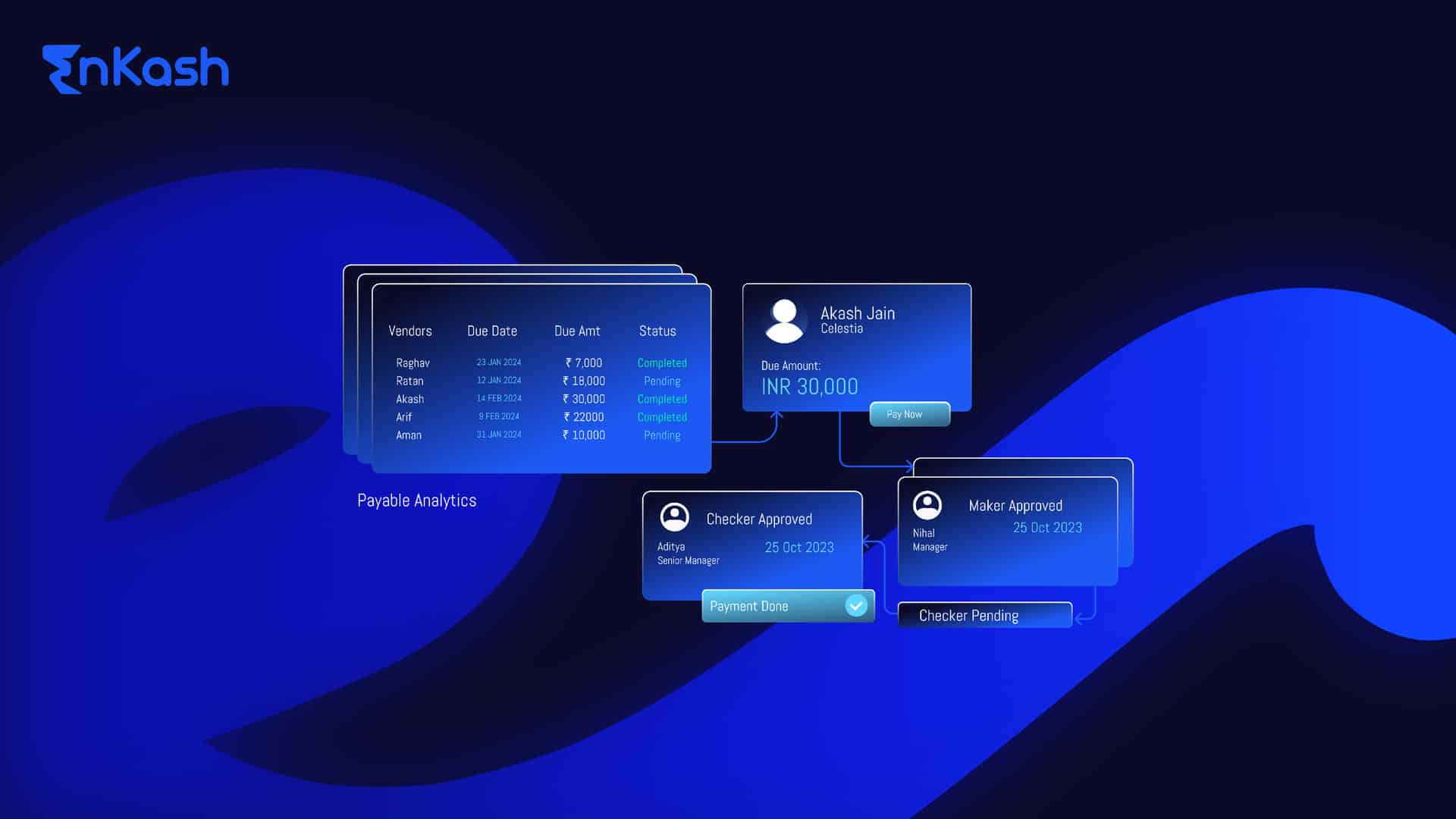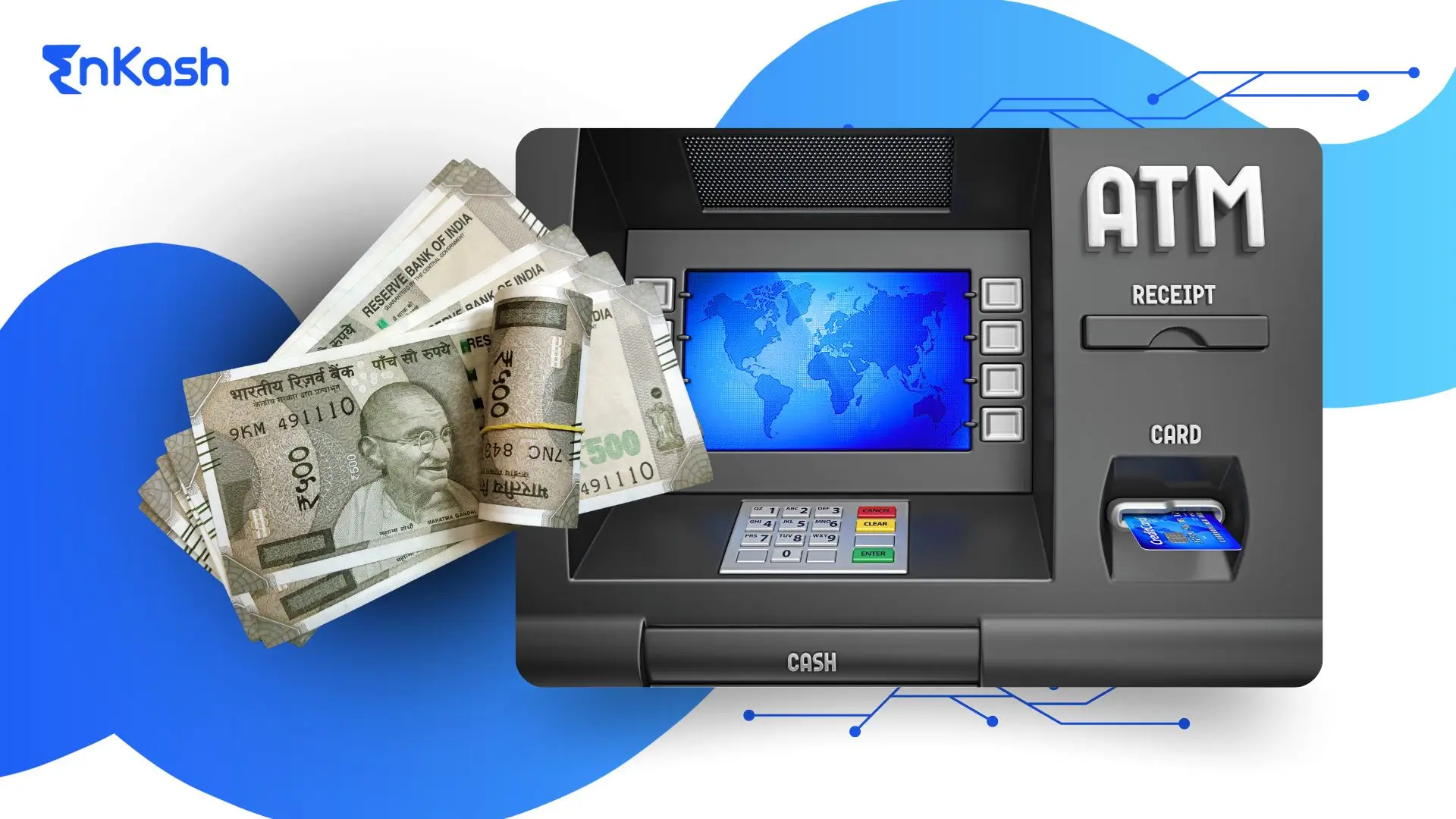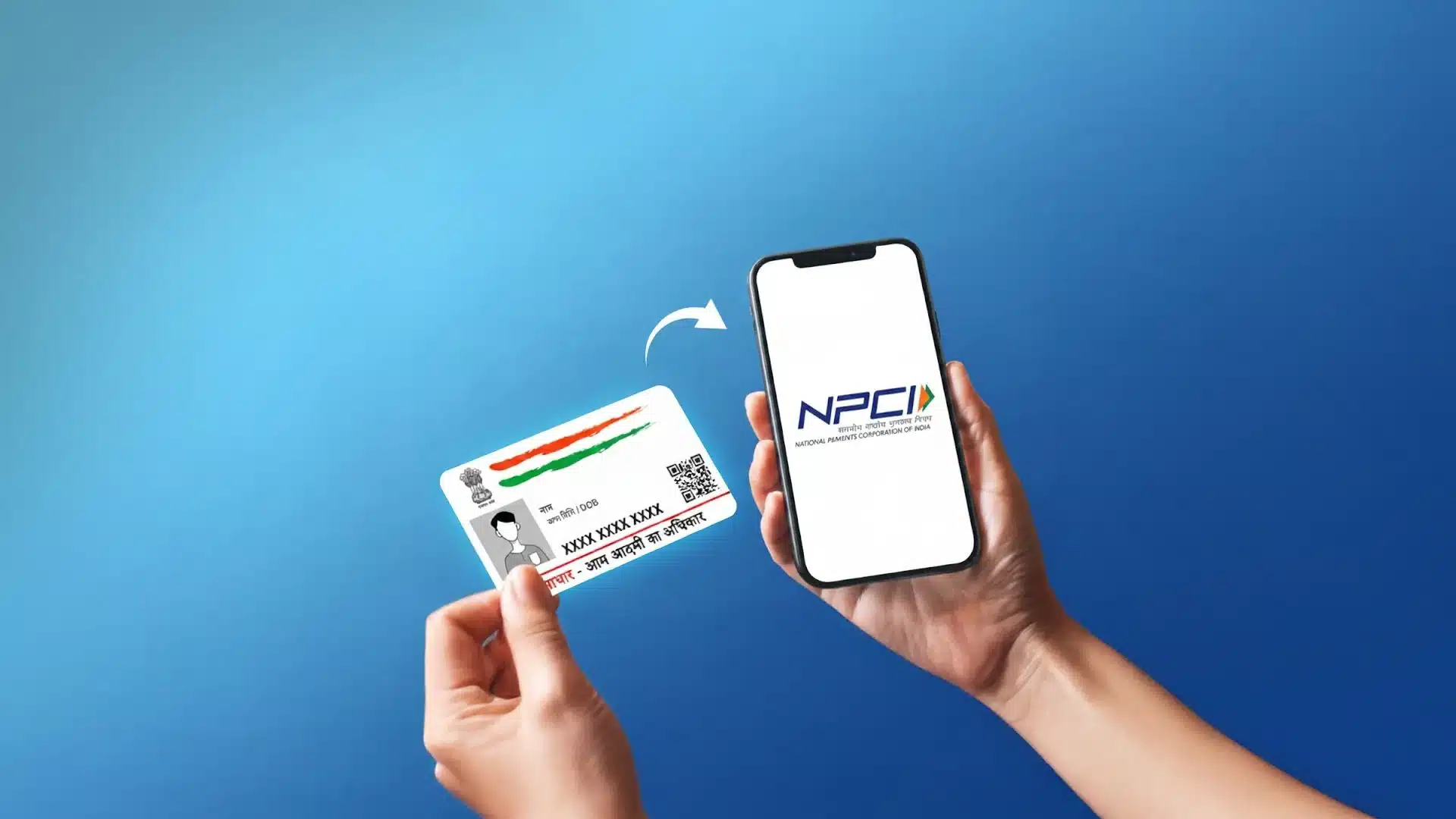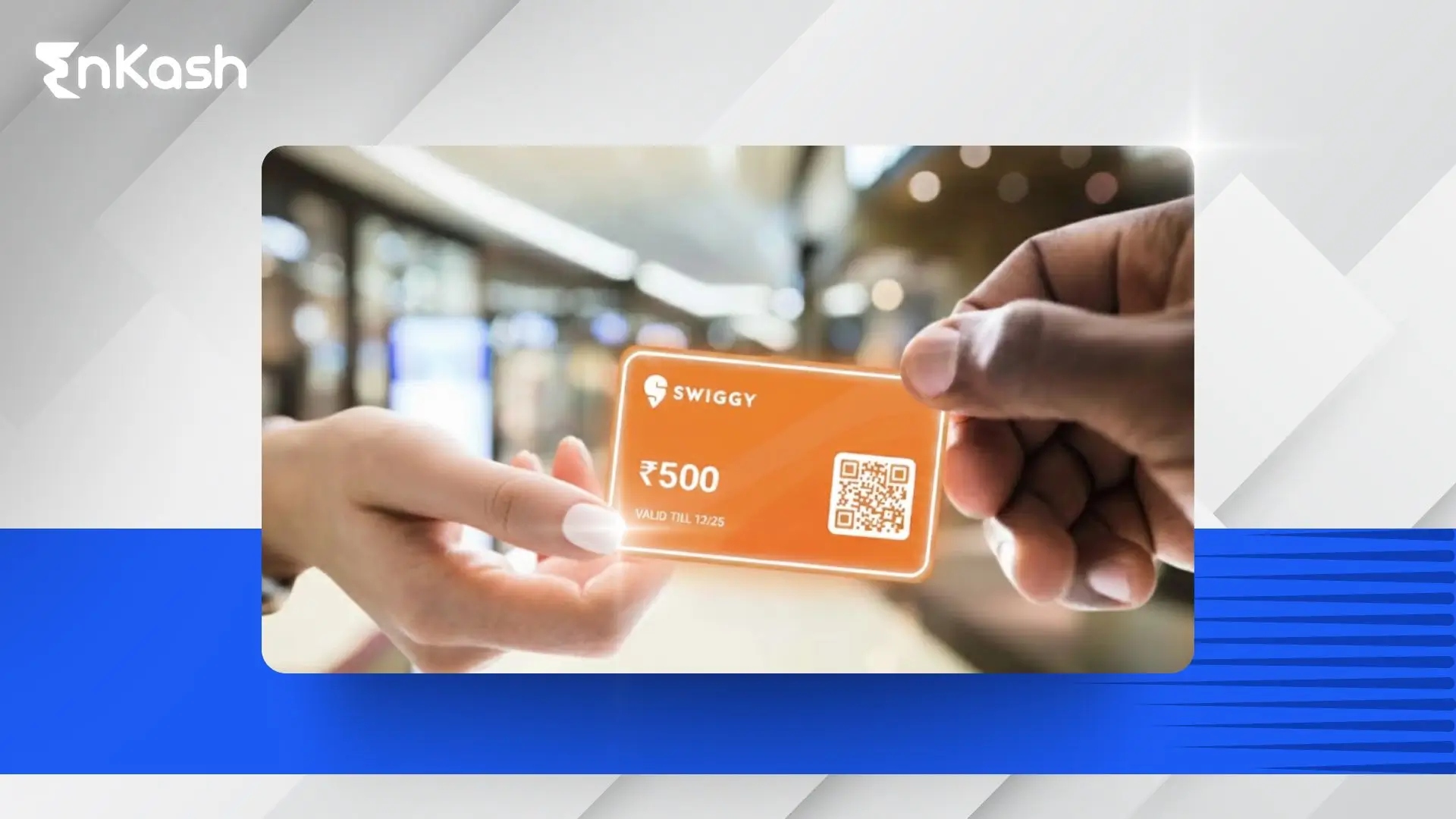Every business makes purchases on credit, from raw materials to services, with the understanding that payment will be made later. These unpaid amounts to suppliers are known as bills payable.
In accounting, bill payable represents money a company owes and has formally agreed to pay through a written promise.. Since they are obligations, they appear as liabilities, not assets. In financial statements, Bills payable are typically recorded under Trade Payables within the Current Liabilities section of the balance sheet.
To record such transactions, companies maintain a bills payable book, a subsidiary book that records all bills accepted, their maturity dates, and payments made.. The corresponding journal entry confirms the promise to pay and reflects the business’s liability until settlement.
In short, bills payable represent what a business owes, while bills receivable represent what it is entitled to receive, two sides of the same transaction that keep trade moving smoothly.
What is Bill’s Payable in Accounting?
As mentioned earlier, bills payable accounting refers to the funds owed by a business to its creditors for goods or services purchased on credit. These are formal, written promises to pay a specified amount on a future date, making them a clear record of a company’s short-term liabilities.
When a business accepts a bill of exchange, it records the transaction in its books to show the amount owed and the date of payment. This ensures that all financial obligations are tracked properly and appear under Current Liabilities in the balance sheet.
Initial Recording
When bills payable are issued, the business records them as follows:
Particulars |
Debit |
Credit |
Purchases/Services A/c |
₹9,000 |
|
To Bills Payable A/c |
₹9,000 |
- The purchase or service account is debited to reflect the acquisition of goods or services
- The bills payable account is credited to record the liability.
Interest on Bills Payable
If interest is applicable on the bill or promissory note, it is recorded separately.
Particulars |
Debit |
Credit |
Interest Expense A/c |
₹200 |
|
To Bills Payable A/c |
₹9,200 |
- To account for the cost of borrowing, a debit entry is made to the interest expense account
- The bills payable account is credited to include the interest in the liability.
Payment of Bills Payable
When the bill payable is settled, the following entry is made:
Particulars |
Debit |
Credit |
Bills Payable A/c |
₹9,200 |
|
To Cash/Bank A/c |
₹9,200 |
- The bills payable account is debited to eliminate the liability
- The cash/bank account is credited to account for the funds disbursed.
Key Characteristics of Bills Payable
Bills payable help businesses manage credit transactions in an organized and reliable way. Here are some of their main characteristics:
- Written Promise: A formal agreement to pay a fixed amount on a specified date.
- Legally Binding: Once accepted, it becomes enforceable by law.
- Definite Amount and Due Date: Ensures clarity and prevents disputes.
- Short-Term Liability: Usually settled within a few months; appears under Current Liabilities.
- Transferable Instrument: Can be endorsed or transferred by the creditor.
- Recorded in Accounts: Entered in the bills payable book and credited in the trial balance.
- Supports Credit Transactions: Builds trust and structure in business payments.
How Do Bills Payable Work?
The process of bills payable generally involves the following steps:
Step 1: A business purchases goods or services on credit from a supplier. Instead of paying immediately, the business agrees to pay at a later date.
Step 2: The business issues a bill payable to the supplier. This document specifies the amount owed, the due date, and any applicable interest. Both parties agree to the terms outlined in the bill.
Step 3: The business records the bill payable in its accounting books as a liability. This entry reflects the obligation to pay the supplier in the future.
Step 4: On the due date, the business settles the bill payable by transferring the agreed-upon amount to the supplier. Once the payment is successful, the liability can be removed from the account books.
Step 5: The supplier receives the payment and records it as a receipt in their accounting books, thereby closing the transaction.
Examples of Bills Payable
The examples below show how bills payable work in practical accounting situations:
Scenario |
Details |
Bills Payable Treatment |
Journal Entry |
1. Purchase of Goods on Credit |
ABC Traders buys goods worth ₹80,000 from XYZ Industries on 60-day credit. XYZ draws a bill which ABC accepts. |
For ABC Traders, the accepted bill becomes a bill payable (liability). For XYZ Industries, it becomes a bill receivable (asset). |
Debit: Purchases A/c ₹80,000
Credit: Bills Payable A/c ₹80,000 |
2. Payment of Accepted Bill |
On the due date, ABC Traders pays ₹80,000 to XYZ Industries. |
The liability is settled; the bill payable is cancelled. |
Debit: Bills Payable A/c ₹80,000
Credit: Cash/Bank A/c ₹80,000 |
3. Services Availed on Credit |
A company avails marketing services worth ₹50,000 on 45-day credit and accepts a bill drawn by the agency. |
Until the payment is made, ₹50,000 appears as Bills Payable under Current Liabilities in the balance sheet. |
Debit: Marketing Expense A/c ₹50,000
Credit: Bills Payable A/c ₹50,000 |
Common Examples of Bills Payable Transactions
Bills payable can arise from various operational or trade-related transactions. Some common examples include:
- Purchase of Inventory or Raw Materials
- Office Rent and Utility Bills
- Professional or Subcontractor Services
- Advertising or Marketing Expenses on Credit
- Equipment Maintenance or Repairs
- Insurance Premiums or Loan Installments
These transactions are typically short-term and are recorded as current liabilities until payment is made..
Bills Payable in Balance Sheet
Bills payable appear under the Current Liabilities section of a company’s balance sheet since they are short-term debts usually due within a year.
Example of a Balance Sheet Presentation:
| Liabilities | |
| Current Liabilities | |
| Accounts Payable | ₹50,000 |
| Bills Payable | ₹9,200 |
| Short-Term Loans | ₹5,000 |
| Accrued Expenses | ₹7,500 |
| Total Current Liabilities | ₹71,700 |
This is a sample presentation; actual formats may differ by company.
Bills Payable Account Format
The bills payable account format generally includes the following columns:
- The date on which the bill was issued.
- Details of the transaction, such as the name of the supplier/lender.
- A unique identifier i.e., the bill number for each bill payable.
- The amount debited when the liability is paid off.
- The amount credited when the bill payable is issued.
- The running balance of bills payable.
Date |
Particulars |
Bill No. |
Debit (₹) |
Credit (₹) |
Balance (₹) |
01/01/2024 |
Supplier Y |
BP001 |
10,000 |
10,000 |
|
01/02/2024 |
Payment to Y |
BP001 |
10,000 |
0 |
|
01/03/2024 |
Bank Loan |
BP002 |
50,000 |
50,000 |
|
01/04/2024 |
Interest on Loan |
BP002 |
500 |
50,500 |
|
01/05/2024 |
Payment to Bank |
BP002 |
50,500 |
0 |
Please note that this is a sample bill payable account format; the actual entries may vary by company.
Difference Between Bills Payable and Bills Receivable
In every credit transaction, there are two parties — one who must make the payment and one who will receive it.. These are represented in accounting through bills payable and bills receivable.
When a business buys goods or services on credit and agrees to pay later, it issues or accepts a bill of exchange. For the buyer, this becomes a bill payable a promise to make the payment on a future date.
For the seller, the same document becomes a bill receivable, proof that payment will be received later.
Here’s a comparison to understand the difference:
Basis |
Bills Payable |
Bills Receivable |
Meaning |
Amount a business owes to others |
Amount a business will receive from others |
Nature |
Liability |
Asset |
Shown in Books |
Credit side of the trial balance |
Debit side of the trial balance |
Appears in Balance Sheet |
Under Current Liabilities |
Under Current Assets |
Role in Transaction |
The buyer or acceptor of the bill |
The seller or drawer of the bill |
Example |
Company A accepts a bill to pay ₹50,000 to Supplier B |
Supplier B holds the bill to receive ₹50,000 from Company A |
Importance of Bills Payable in Accounting
Bills payable are essential for maintaining financial discipline, ensuring liquidity, and tracking short-term obligations..
- Cash-Flow Management: Helps allocate funds to other priorities while keeping operations smooth.
- Creditworthiness: Timely payments enhance reputation and future borrowing capacity.
- Financial Reporting: Ensures all liabilities are correctly reflected in statements.
- Legal Compliance: Prevents penalties and ensures contracts are honored.
- Budgeting & Forecasting: Enables better planning of upcoming expenses.
Advantages & Disadvantages of Bills Payable
Advantages |
Disadvantages |
Bills payable offer a structured payment schedule, helping businesses manage priorities and allocate cash flow efficiently. |
Creates a financial obligation that must be met by the due date, potentially impacting cash flow. |
Provides formal, legal documentation of the debt, which can help in resolving disputes. |
Having too many bills payable can increase overall debt levels and might negatively impact the financial health of a business. |
Using bills payable can improve business credibility with suppliers by adhering to agreed-upon payment terms. |
Late payments may incur interest charges or penalties, increasing the cost of borrowing. |
Since the payment dates are already fixed in the agreement, it allows the business to plan its finances and budget accordingly in advance. |
It can impact a company’s liquidity if not managed carefully, leading to cash flow issues. |
Formalizing payments through bills can strengthen relationships with suppliers by demonstrating reliability. |
If accounting software is not integrated to manage or track this process, then it takes a lot of administrative effort and human bandwidth to track due dates and manage timely payments. |
Helps in managing credit terms and conditions, potentially allowing for better negotiation with suppliers. |
Excessive reliance on credit can lead to financial instability if not managed properly. |
How to Manage Bills Payable Efficiently
Here are some strategies for managing bills payable effectively:
Efficient bills payable management ensures smooth cash flow and timely payments.
Here’s how to do it:
- Maintain Accurate Records:
Keep detailed records of each bill, including amount, due date, and creditor details. - Automate the Process:
Use accounting software to track bills, set reminders, and automate payments to avoid human errors. - Prioritize Payments:
Pay high-value or near-due bills first and take advantage of discounts for early payments. - Negotiate Payment Terms:
Work with suppliers to extend payment periods or reduce interest where possible. - Review Regularly:
Periodic reviews help identify discrepancies or upcoming obligations. - Coordinate with Accounts Receivable:
Match outgoing payments with incoming receivables to maintain a healthy cash flow. - Maintain a Cash Reserve:
Keep a small buffer to meet obligations even during low-revenue periods.
Conclusion
Bills payable are a key component of business finance and accounting. They help companies manage short-term liabilities efficiently, maintain liquidity, and build lasting trust with suppliers.
When tracked and paid on time, bills payable strengthen a company’s reputation and support long-term financial stability.
Frequently Asked Questions
1. What is a bill payable?
A bill payable is a formal written promise made by a business to pay a specified amount to a supplier or creditor at a future date. It represents a short-term liability.
2. What is the difference between bills payable and bills receivable?
Bills payable represent amounts a business owes to others, while bills receivable are amounts it expects to receive. The former is a liability; the latter is an asset.
3. Are bills payable assets or liabilities?
Bills payable are short-term liabilities representing obligations that must be settled within a specific period..
4. What is a bills payable book?
It’s a ledger used to record all accepted bills, showing creditor names, due dates, and payment details for easy tracking.
5. How do bills payable differ from accounts payable?
Bills payable are formal, written promises (like promissory notes), while accounts payable are informal credit obligations based on invoices.
6. How are bills payable shown in the balance sheet?
They are listed under Current Liabilities, along with accounts payable, short-term loans, and accrued expenses.
7. Why are bills payable important?
They provide structure to credit transactions, improve financial discipline, and help businesses plan cash outflows better.








